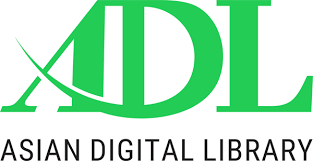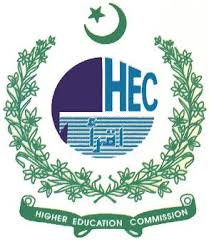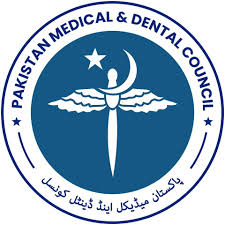Comparison of efficacy of single dose versus split dose prednisolone therapy in achieving remission in patients with nephrotic syndrome in children
DOI:
https://doi.org/10.37018/EWSH7228Keywords:
Nephrotic syndrome,, Prednisolone, Remission, Single dose, Split doseAbstract
Background: Nephrotic syndrome is a medical problem clinically characterized by proteinuria, generalized body edema and hypercholesterolemia. We did this study to compare the effectiveness of single dose versus split dose prednisolone in achieving remission in patients with nephrotic syndrome in children.
Patients and methods: This open-ended randomized control trial was done in pediatric unit of tertiary care hospital from January to December 2019.We included one hundred Patients of nephrotic syndrome in the study who met the inclusion criteria. We divided total Patients into 2 groups (group A & B) 50 patients in each group. Group A was given single dose prednisolone, while group B was given split dose prednisolone therapy. Both groups were compared with respect of achievement of remission.
Results: Out of 50 patients of group A who were given single dose prednisolone 37 (74%) were male, while in group B who were given split dose prednisolone 22 (44%) were male (p-value=0.137). Mean age of patients of study group A and B was 4.5 ±1.67 years and 4.9 ±1.49 years respectively (p-value=0.1876). Mean serum creatinine level in study group A and B was 0.744±0.189 and 0.736±0.167 (p-value=0.823). Similarly mean serum albumin level in study group A and B was 2.34±0.358 and 2.39±0.33 (p-value=0.473). When both groups were compared with regard to response to treatment, in group A mean remission duration was 16.48 ±3.69. In group B mean remission duration was 19.42 ±3.11 days (p-value<0.05).
Conclusion: From our study we concluded that single dose prednisolone is more effective in achieving remission in steroid sensitive nephrotic syndrome as compared to split dose prednisolone.
Downloads
Published
How to Cite
Issue
Section
License
The Journal of Fatima Jinnah Medical University follows the Attribution Creative Commons-Non commercial (CC BY-NC) license which allows the users to copy and redistribute the material in any medium or format, remix, transform and build upon the material. The users must give credit to the source and indicate, provide a link to the license, and indicate if changes were made. However, the CC By-NC license restricts the use of material for commercial purposes. For further details about the license please check the Creative Commons website. The editorial board of JFJMU strives hard for the authenticity and accuracy of the material published in the journal. However, findings and statements are views of the authors and do not necessarily represent views of the Editorial Board.

















